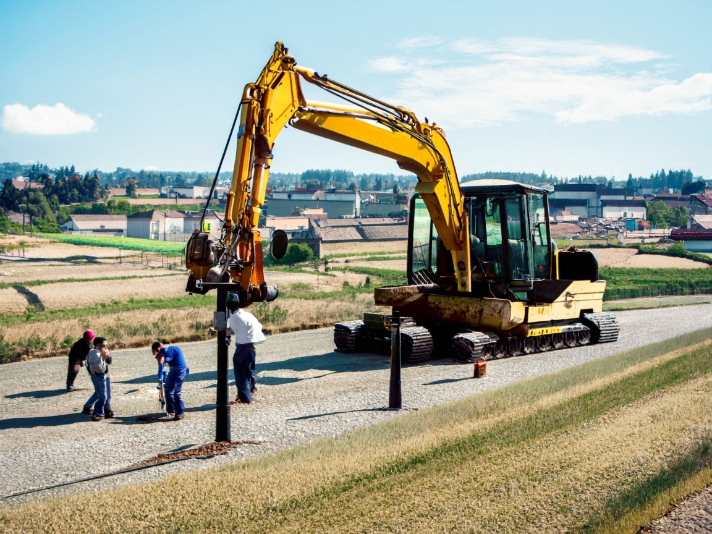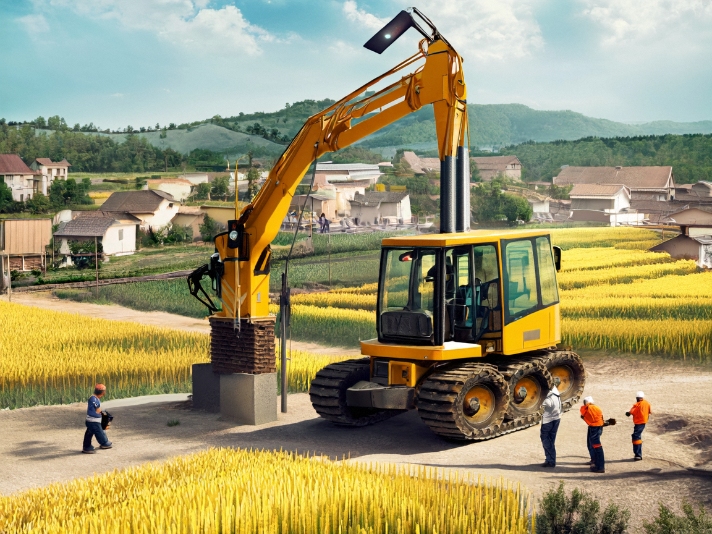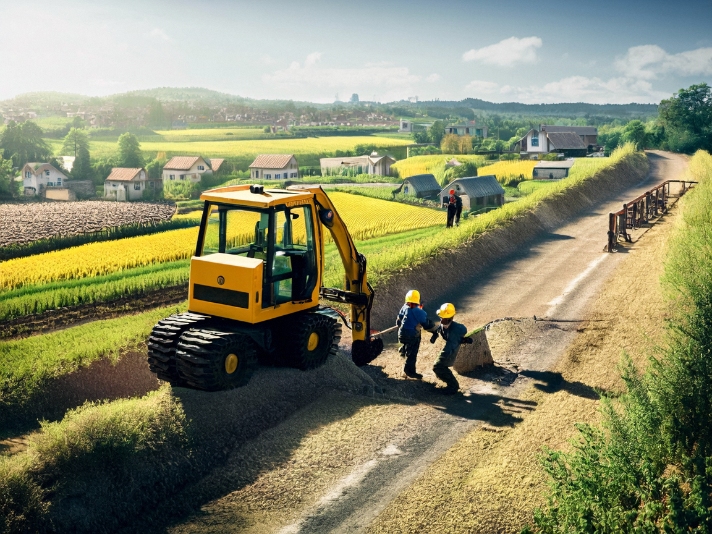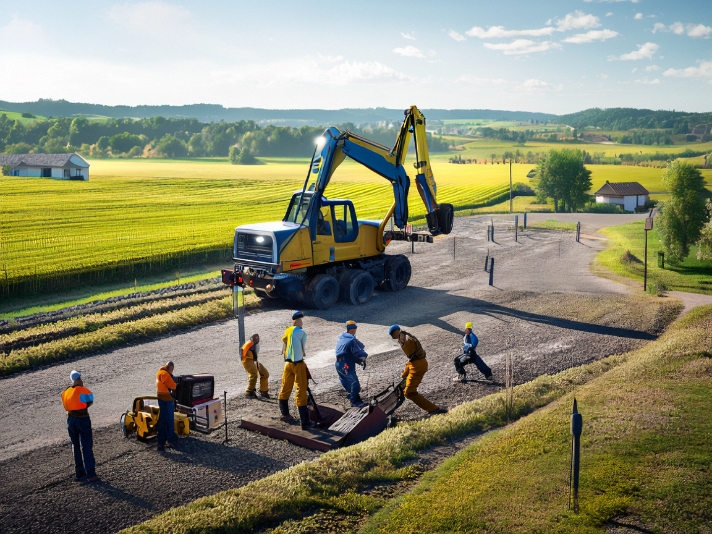Recommend Products
-
$26,666$27,000
-
$17,500$18,000
-
$21,000$22,000
-
$65,000$7,200
Excavators can cause different damage to equipment in different working environments, especially the damage caused by improper use of the operator in the operation of the excavator often causes the excavator to malfunction and stop. How to avoid or reduce the damage, today Tiedou will explain 6 cases of excavator damage caused by wrong operation.

1. Overload work
When working on the construction site, you will encounter different geological conditions and special situations. Operators blindly make mistakes without considering the load capacity of the equipment. During the period of heavy and complex work, especially in the state of hard geology, rock, and high resistance, the excavator will be overloaded for a long time, which will cause the hydraulic pump pressure to be too high. For the hydraulic temperature, the boom, bucket, cause failure, and high temperature will aggravate the wear of the engine and hydraulic pump.

2. Rapid change of direction when the excavator is rotating without stopping
This is very common in excavator operation. Some operators are limited to the operation of the excavator. Rapid change of direction of the equipment under high-speed rotation will cause great impact on the crawler, travel motor, rotating gear, and hydraulic pump system. Of course, this is the frequent operation of emergency stop and change of direction under rapid rotation. Equipment damage caused by.

3. Lateral deep excavation
This is not common in daily work, and it is also common to see incorrect operation methods of inexperienced operators. Lateral excavation, rotation, and multi-frequency operation will cause uneven force on the side of the bucket, especially when the excavator equipment is not in a horizontal position. This will cause wear of the entire boom, dipper, forearm, bucket and other connecting parts, and even cause the connection parts to break.

4. Hovering work and ramp rotation
Hovering work means that the bucket is suspended in the air with a load, and the bucket is suspended in the air in the shutdown state, which will put the hydraulic system in a high-pressure state for a long time, which will accelerate the wear and aging of the hydraulic cylinder. Ramp rotation refers to high-speed rotation of the excavator on uneven roads, as well as load lifting and excavation work. In addition to increasing the risk of rollover, it will also cause pressure on the rotation and walking systems. The operator can be moved to simply level the road surface to provide a better working level foundation for the excavator.

5. Low temperature start and bad weather
When the excavator is started at a low temperature, it needs to be preheated for a period of time. The engine, hydraulic pump and hydraulic oil are preheated before operation. Rapid load operation will cause different pressure changes caused by large internal temperature differences, resulting in damage to precision parts. Reducing the load working frequency in high temperature weather is time. High temperature hydraulic oil and engine temperature will cause fatigue, wear and insufficient power inside the core assembly. If necessary, a heat sink can be installed for manual intervention.
6. Maintenance and care
In order to reduce the wear of metal parts and reduce particulate matter in daily use of excavators, the air filter and hydraulic oil should be replaced according to the working environment and regular inspection. The replacement cycle of grease also needs to be shortened according to different working environments. For wear, shaking, abnormal noise and other connection parts, they need to be replaced in time. If the wear that has occurred is not removed as soon as possible, it will accelerate the wear and cause fracture and deformation, affecting the working accuracy of the excavator and huge damage.